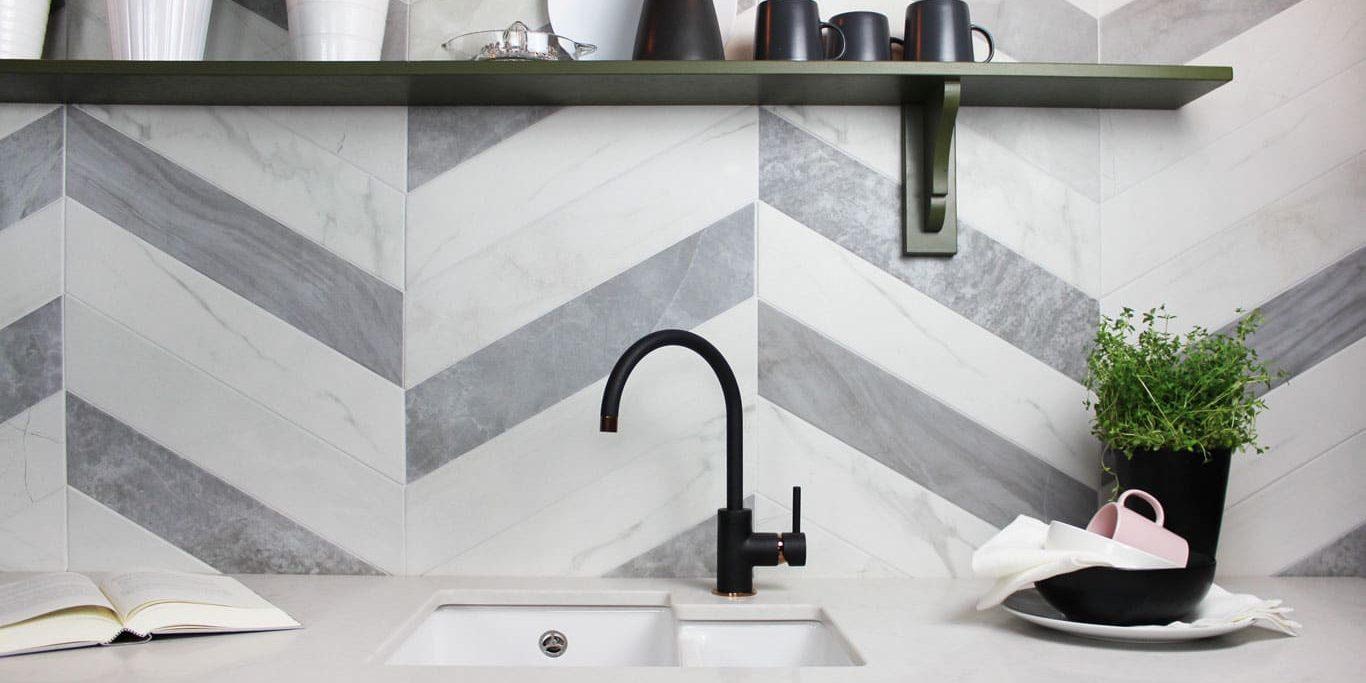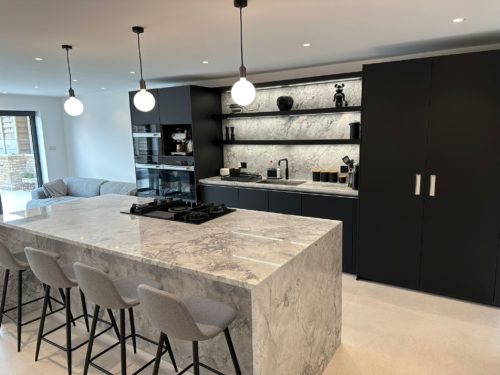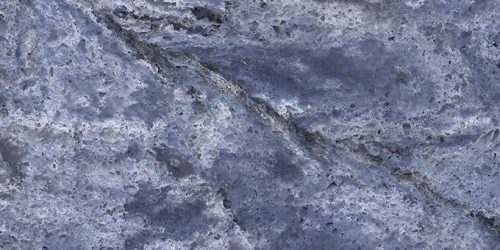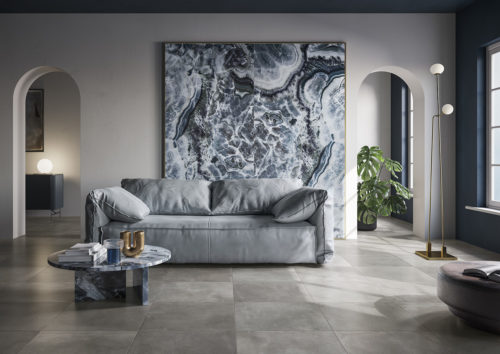When it comes to choosing a kitchen worktop there is a plethora of choices of materials. However, when you start to look into it all, there is not a lot of advice on what would be the right material to select for your particular lifestyle. An interior designer based in Epping Forest found this to be the case when a customer asked her about the differences between the various materials available, and to her credit she had to admit that she didn’t know a lot about them either, so she decided to investigate.
One of the things that she did was to ask her followers on Instagram if they had recently renovated or installed a new kitchen or worktops, and if so, provide feedback on what they thought of it and if what they purchased was worth the money. She says that she had feedback from hundreds of people and what was interesting is that those who had problems suffered similar issues with each worktop material. Those who were most unhappy with their choice were people who had chosen hardwood, while the most happy had chosen either granite or quartz.
Let’s take a look at some of the pros and cons. Hardwood, such as oak or iroko, is low cost and looks great in a country kitchen. However, this comes at a cost in the sense that it is very high maintenance. It can suffer badly from cuts and scratches and it needs constant sanding and oiling. If you pay more you can get a hardwood worktop that has been pre-soaked in a vat of oil, which will mean that it won’t need oiling so often. If you are careless and put a hot pan down on it, then you are going to get a nice round burn mark. Certainly, it can be sanded out. It is also not so good around water, so can cause problems in the sink area. As one customer said, it is not suitable for a family kitchen that has heavy use.
Minerva is a man-made product that looks very much like marble, the surface being of blended acrylic sheet. It is mid-range in price and to some extent scratch and stain resistant. It is not totally heat resistant so you must not put hot pots and pans down on it. It is quite widely available -you can buy it from places such as Homebase. However, the colour range is quite limited.
Dekton is a sintered stone made of 100% natural minerals and oxides. It is water and liquid proof so will not stain. With the exception of highly polished finishes it is scratch proof and it will not burn. It is totally resistant to bacteria and therefore food can be prepared upon it and it comes in a range of colours which will not fade in strong sunlight. However, the edges can chip if you drop something heavy on them. Price-wise, it is mid-range.
Corian is another man-made product and is in the very high price range. It is totally hygienic but not particularly scratch resistant. It can also stain and is not heat proof. Essentially, it is a plastic and can dent if you drop something heavy on it. It does have the advantage that it can be moulded to include a sink and upstand with no joins.
Stainless Steel Is Often Used In Restaurants
Stainless steel is another choice and is strong, heat, acid, and stain proof. It is often used in restaurant kitchens for its durability, and it is very easy to wipe clean. However, it is cold to the touch – although that makes it suitable for making pastry on. Perhaps the most obvious thing is that it has a very clinical look and will not appeal to many people for their home kitchen.
Concrete is another possibility. However, if you think concrete is cheap, then think again. Concrete worktops are precast to your specification and as a result you get a lot of choice of colours and edge shapes. Concrete also needs to be sealed along with some other stones. It is also subject to hairline cracks.
Another very low-cost material – although worktops of any material are never going to come under the heading of “cheap” – is laminate. This has improved beyond all recognition over the years and some is now so good that you would never know it was laminate. It looks and feels like stone, but there the similarity ends. If you put a hot pan down on it, laminate will melt. It is also very subject to scratch and cut marks.
Limestone is a natural stone and is available in some great colours and patterns. It bears a strong resemblance to marble. However, it is a soft stone, made from the shells and fossils of sea creatures such as crabs, lobsters, shrimp, and so on. As such, it is susceptible to scratches and staining. It is also not heat resistant. You need to treat limestone with respect.
The Same Applies To Marble
The same thing applies to marble. It is a beautiful stone but again quite soft, although not as soft as limestone. When polished, it has an incredible gloss and shine. Much marble is of a shade of white, but it also comes in greens, browns, greys, and even Belgian Black. What attracts many people to marble is the huge variety of patterns and veining that it includes. However, as a soft stone it is subject to scratching and staining, although it is more stain resistant than is generally thought.
Granite is another natural stone and also comes in a wide range of colours and veining in a similar way to marble. However, it is far harder than marble and it can be polished, honed, or flame-brushed. While it is strong, you shouldn’t chop or cut directly on it, nor put hot pans on it. Granite worktops in North London are porous, and so not stain resistant. As a result, granite does need to be sealed.
Quartzite is also a natural stone and comes with veining and patterns in the same way as granite and marble. However, the colour ranges are not as great. This is another stone that can be damaged by sharp knives and hot pans, so the chopping board and trivet are essentials. Along with granite, it does need sealing, usually once a year, but possibly more often. Engineered quartz stone is a man-made product that consists of approximately 93% quartz along with resins and pigments. It is extremely hard wearing and virtually stain proof, no matter what spills there may be. It is totally non-porous and therefore doesn’t need sealing, and it is very tough. If you chop on it, you stand a better chance of damaging the knife than the quartz. However, because it contains resins it is not heat proof, so a trivet must be used.




